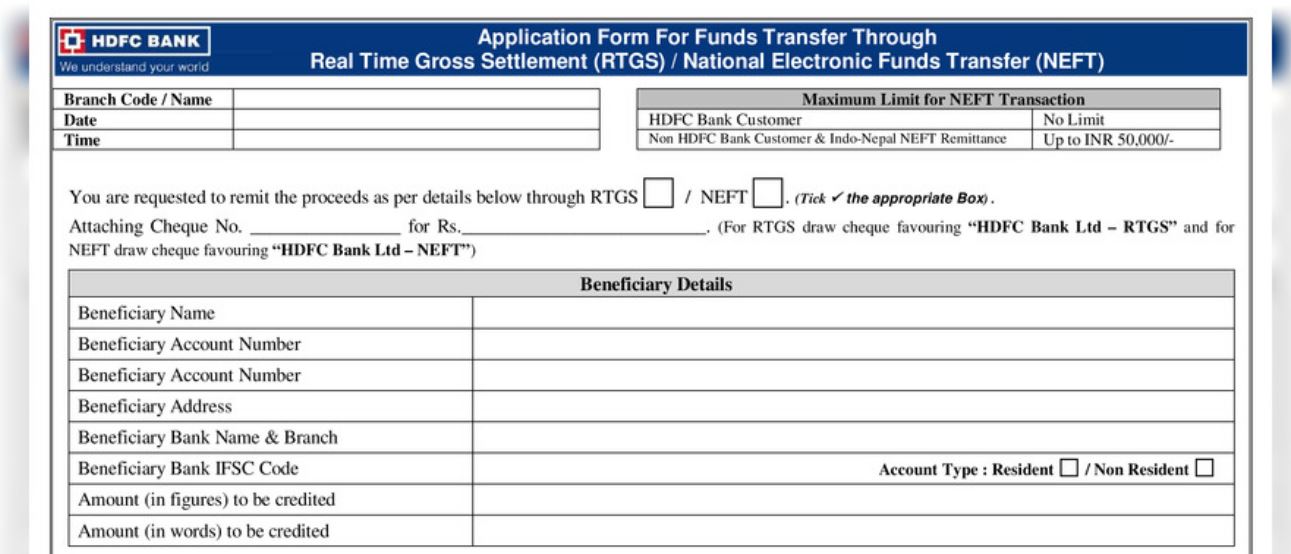Surprising, however real – Internet-based activity is not the maintain of the young “digital local” generation alone. A 2008 study says that Generation X (those born in between 1965 and 1976) uses Internet banking substantially more than other demographic segment, with two thirds of Web users in this age group banking online.
Gen X users have likewise professed their choice for applications such as Facebook, to share, connect and be part of a bigger community.
This is some irony in this, since electronic banking, as we know it today, uses minimal interactivity. Unlike in a branch, where the convenience of 2 method interaction assists in the consummation of a variety of transactions, the one method street of e-banking has only managed to make it possible for the more routine tasks, such as balance query or funds transfer.
It’s not tough to put two and two together. A clear opportunity exists for banks that can transform today’s passive Internet banking offering into one that supplies a more extensive and interactive customer experience.
It is therefore crucial that banks change their online offering, such that it matches the brand-new expectations of consumers. Additionally, Internet banking must journey to popular online client hangouts, rather than wait for customers to come to it.
There are clear signs that the shift to a “next generation” online banking environment has currently been set in motion. It is only a matter of time before these patterns become the standard.
Leveraging of Social Networks
Forward thinking banks are leveraging existing social networks on external websites to increase their exposure among interested groups. They are likewise deploying social software application innovation by themselves websites to engage the very same communities in two method discussions. Therefore, their Internet banking has actually presumed a more prevalent persona – clients are engaging with the bank, in addition to its products and services even when they’re not in fact transacting online.
Increased exposure apart, banks can acquire incredible consumer insight from such disorganized, informal interactions. For example, a conversation on the uncertain financial future amongst a group of 18 to 25 year olds could be a signal to banks to offer long term investment items to a section that was formerly not considered a target. Going one step further, a favorable buzz around a recently launched service can create important word-of-mouth marketing for the business.
Collaborating through Web 2.0
The collective aspect of Web 2.0 applications has enabled banks to draw consumers inside their fold more than ever in the past. Standard techniques such as focus group discussions or marketing research suffer from the disadvantages of high cost, minimal scope and potential to present bias. Feedback kinds merely act as a post-mortem. In contrast, Web 2.0 has the ability to carry a vast audience along right from the start, and continue to do so perpetually. Therefore, an interested community of prospects and consumers participate in co-creating products and services which can fulfil their expectations.
The pervasiveness of Web 2.0 makes it possible for delivery of e-banking throughout several online locations and web-based devices such as Yahoo!Widgets, Windows Live or the iPhone. This means next generation online banking clients will enjoy heightened gain access to and convenience
A New york city based company of analysts found that 15% of the 70 banks tracked by them had adopted Web 2.0, a variety of them having actually done so within the last 12 months.
Requirement Chartered Teller get in touch with their colleagues through Facebook and use the platform to share understanding, clarify questions and take part in conversations on continuous business activities.
Bank of America, Wachovia Bank and Commonwealth Credit Union have built a presence within multimedias to create awareness and keep up a dialogue with interested neighborhoods. They have actually employed a range of methods, varying from creating YouTube neighborhoods to launching campaigns on Present TELEVISION, a channel in which viewers identify content.
Personalisation of Electronic banking
Vanilla e-banking divides customers into huge, heterogeneous groups – usually, corporate, retail or SME, with one kind of Internet banking page for each. That’s in sharp contradiction to how banking organisations would like to see their customers. Banks are moving to customer-specificity, nearly viewing each client as a “section of one”, throughout other channels, and online banking is set to follow suit. For example, a specific home page for mortgage customers and another for personal banking customers might well be a possibility in future.
Surprisingly, National Bank of Kuwait had the foresight to do this several years ago – they enabled customers to identify which items they would see and gain access to, and were rewarded with a remarkable boost in online deals.
Cash Screen from Yes Bank enables clients to choose their landing page – for instance, they can set “all deals”, “net worth” or “portfolio” as their default view. Other functions include the capability to categorise deals according to customers’ convenience and the printing of custom-made reports.
Empowerment Online
Beyond doubt, Internet banking has actually developed a more informed, empowered class of consumers. This is set to climb to the next level once clients are allowed to proactively participate in first time login details of Online SBI. The Internet has already made it possible for customers to compare product loan offerings, imitate monetary scenarios and design custom-made retirement portfolios. Moving forward, they would have the ability to skilled related deals – which implies, after comparing rates of interest, they might come from a loan online, and when secured, they can begin to repay it online also.



